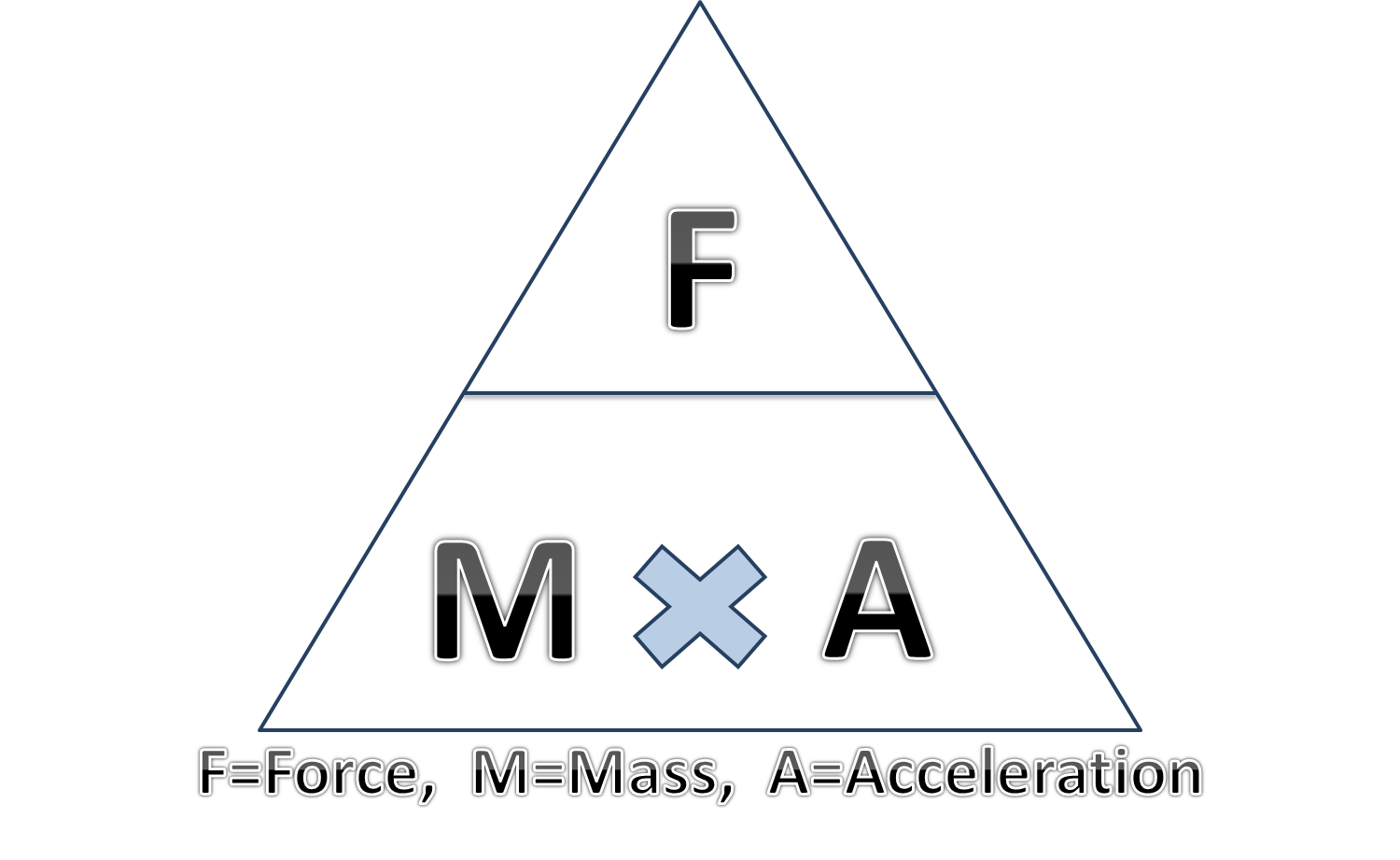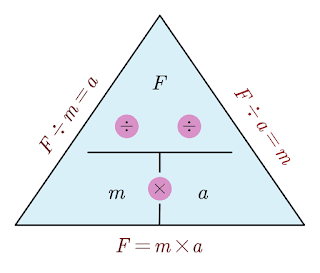

Acceleration g force formula driver#
ADVERTISEMENT Article continues below this ad F1 crashes with the highest G-force impacts The G-force a driver feels during a race and during a crash is completely different.
Acceleration g force formula drivers#
On 13 July 1977, British racing driver David Purley survived a deceleration from 173 km/h to zero in a distance of about 0.66 m, enduring 180 g*. To clarify, G-force is a measure of acceleration and F1 drivers feel up to 6Gs during every race. Jumping from the lowest step of a stairway onto a hard floor, for example, can produce a deceleration of many g on landing but only for an instant (depending on what type of shoes you have on and how straight your knees are!). But it is only when the acceleration is sustained that such an effect is noticeable, let alone significant. Calculating acceleration involves dividing velocity by time - or in terms of units, dividing meters per second m/s by second s. The effect of high acceleration rates on humans can be very significant and most humans start to pass out when subjected to a sustained acceleration of a few g. In these cases the magnitude of the forces involved can be several times higher than the value of the Earth's gravitational force and hence, for example, they are said to experience 2 g, 3 g, 6 g, etc. For example, when an astronaut alters trajectory, a pilot changes speed or direction or a racing driver goes around a corner, it is the rocket, jet or internal combustion engine that provides the force needed to accelerate them, not gravity. Unfortunately, use of the letter ‘g’ sometimes leads to the belief that the force involved is produced gravitationally, which is rarely the case. Acceleration - expressed as a proportion of the nominal gravitational acceleration experienced when in free-fall just above the earth's surface.Īstronauts, fighter pilots and Formula One drivers might, for example, be said to experience a force or acceleration of so many ‘g’ when performing a particular manoeuvre.The process of determining the acceleration of an object demands that the mass and the net force are known. Force - expressed as a proportion of the nominal gravitational force experienced when standing on the earth's surface, or The three major equations that will be useful are the equation for net force ( F net ma ), the equation for gravitational force (F grav mg), and the equation for frictional force (F frict F norm ).As explained earlier, the SI unit of force is the newton.

The term g-force is used to convey values of force and acceleration The equation Fnetma F net m a is used to define net force in terms of mass, length, and time.


 0 kommentar(er)
0 kommentar(er)
